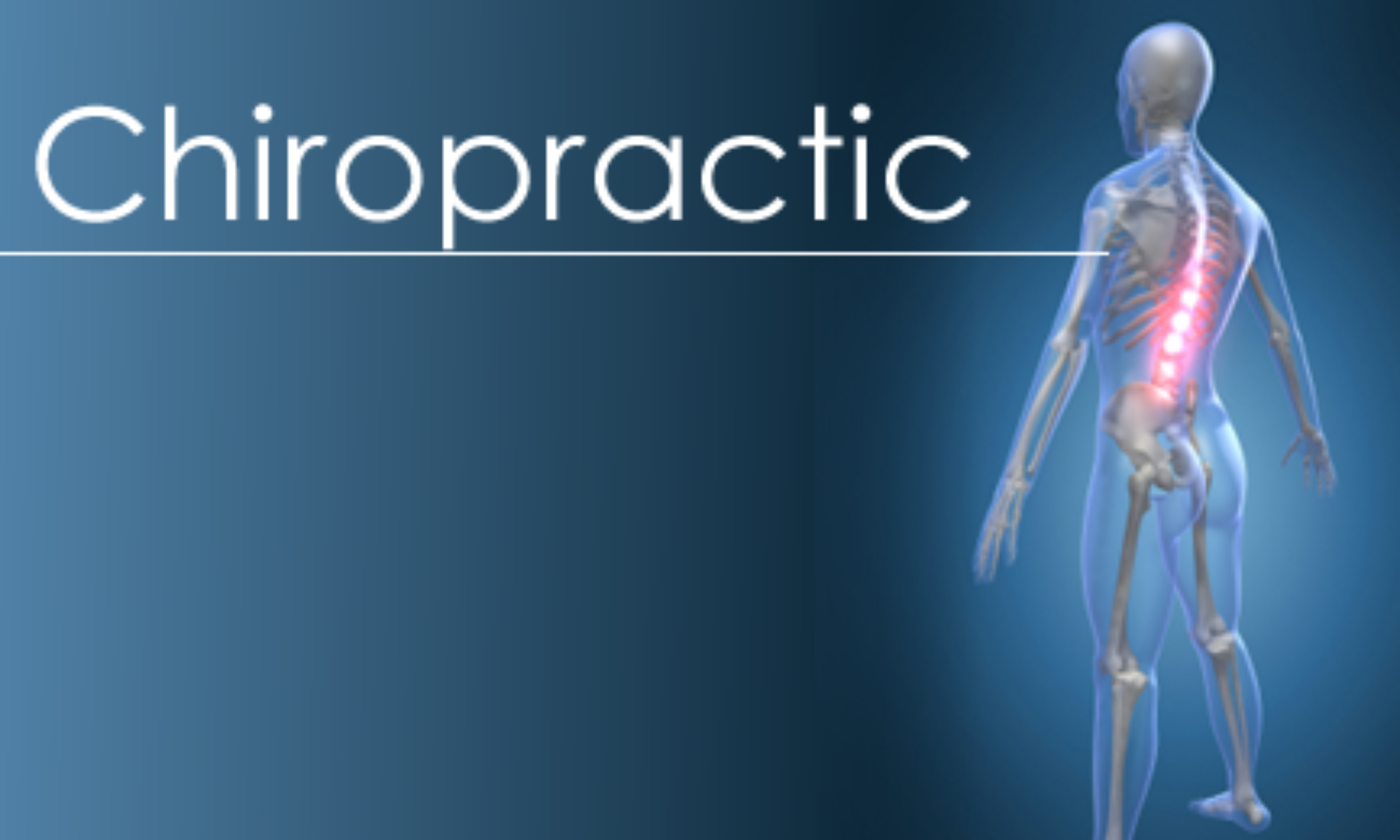The argument about safety concerns is an example of “junk science” and a perennial favorite by those who have an interest in discouraging people from seeking chiropractic care.
Because of the popularity of this tactic, year after year it has been the subject of countless research projects. The result of these studies show complications from neck adjustments, the supposedly “riskiest” chiropractic procedure, are exceedingly rare:
1972 – One death in several tens of million adjustments.1
1978 – One in 10,000,000 neck adjustments.2
1981 – One in a 1,000,000 neck adjustments.3
1983 – Two to three per 1,000,000 adjustments.4
1985 – One in 400,000 neck adjustments.5
1993 – One in 3,846,153 neck adjustments.6
1995 – One in 2,000,000 neck adjustments.7
1996 – One in 900,000 neck adjustments.8
The most recent in-depth review of the relationship between stroke and chiropractic care, was published in the February 15, 2008 issue of Spine Journal. It looked at 10 years of hospital records, involving 100 million person-years.
The verdict?
There was no evidence of an increase in vertebral artery dissection risk with chiropractic, compared with medical management. Based on this review, stroke, particularly vertebrobasilar dissection, should be considered a random and unpredictable complication of any neck movement, including cervical manipulation.
In other words, cases of serious injury are practically nonexistent. By comparison, it makes the deaths caused by over-the-counter-pain-relievers to be considerably more troubling! Although reports vary, annual deaths in the United States attributable to NSAIDs (Non-Steroidal Anti-Inflammatory Drugs such as aspirin, ibuprofen, naproxen, diclofenac, ketoprofen and tiaprofenic acid) range from 3,200 to higher than 16,500 deaths and 76,000 hospitalizations.9
Even risk-adverse insurance companies recognize the safety of today’s chiropractic care. The premiums for malpractice insurance paid by chiropractors are a mere fraction of what medical practitioners must pay.
Chiropractic care is safe.
References
1 Maigne R. Orthopedic Medicine: A New Approach to Vertebral Manipulations. Springfield, Illinois, Charles C. Thomas. 1972; 155, 169.2 Cyriax J. Textbook of Orthopaedic Medicine. Vol 1. Diagnosis of soft tissue lesions (7th edition). London, Bailliere Tindall. 1978; 165.3 Hosek RS, Schram SB, Silverman H, Meyers JB. Cervical Manipulation. J Amer Med Assoc. 1981; 245:922.4 Gutmann G. Verletzungen der arteria vertebrailis durch manuelle therapie. Manuelle Medizin 1983; 21:2-14.5 Dvorak J, Orelli F. How dangerous is manipulation of the cervical spine? Manuel Med 1985; 2:1-4.
6 Carey PF. A report on the occurrence of cerebrovasular accidents in chiropractic practice. J Canada Chiropractic Association 1993 (June);37 (2): 104-6.7 Dabbs V Lauretti WJ. A risk assessment of cervical manipulation vs NSAIDS for the treatment of neck pain. J Manip Physio Ther 1995 (Oct); 18 (8): 530-6.
8 Klougart N, Leboeuf-Yde C, Rasmussen LR. Safety in Chiropractic Practice. J Manip Physiol Ther 1996 (Jul-Aug); 19 (6): 371-7.
9 Singh Gurkirpal, MD, “Recent Considerations in Nonsteroidal Anti-Inflammatory Drug Gastropathy”, The American Journal of Medicine, July 27, 1998, p. 31S Wolfe M. MD, Lichtenstein D. MD, and Singh Gurkirpal, MD, “Gastrointestinal Toxicity of Nonsteroidal Anti-inflammatory Drugs”, The New England Journal of Medicine, June 17, 1999, Vol. 340, No. 24, pp. 1888-1889.
Edward J. Frech and Mae F. Go, “Treatment and chemoprevention of NSAID-associated gastrointestinal complications”, Therapeutics and Clinical Risk Management, 2009, pp. 65-73
Fries James F., “NSAID Gastropathy: The Second Most Deadly Rheumatic Disease? Epidemiology and Risk Appraisal”, Journal of Rheumatology, 1991, (Supplement 28), Vol. 18, pp. 6-10
Bolten W., Lang B., Wagner A., and Krobot K., “Consequences and Costs of NSAID-Induced Gastropathy in Germany”, Akt Rheumotol, 1999, Vol. 24, pp. 127-134
